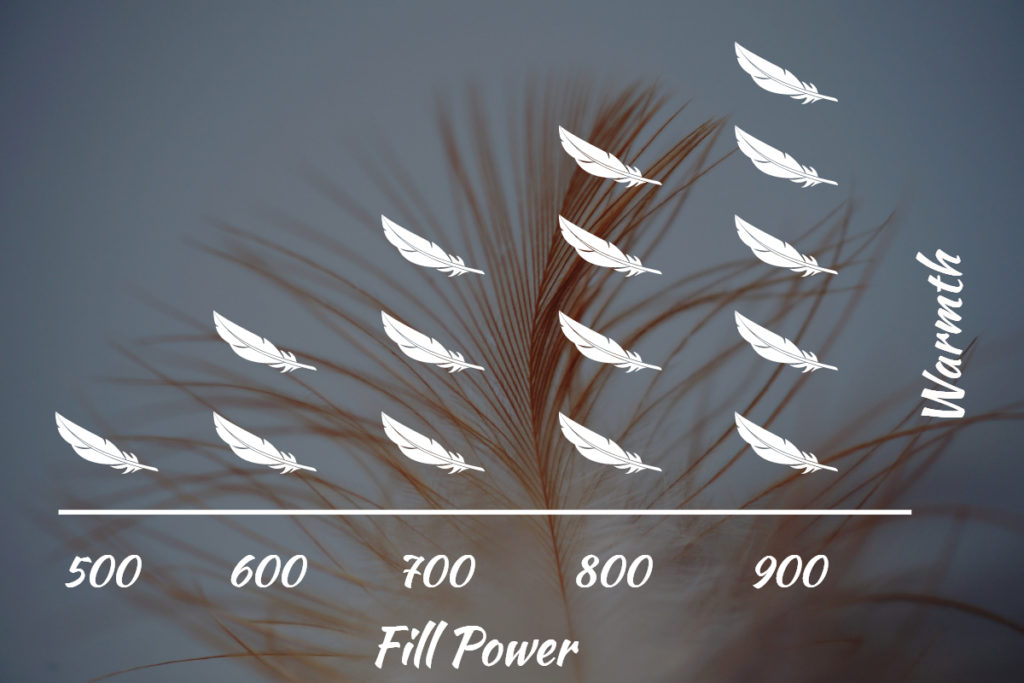How to Choose the Right Winter Apparel Part I: Insulation
Posted
by
WinterWomen
on Friday, February 24, 2017
Shopping for new apparel is often a daunting task. Figuring out the style and fit you’d like is time-consuming. Well, throw in technological features to that mix and it can be an intimidating mission. To the untrained eye, winter outerwear can be a maze of confusing lingo. The more you know, the easier it will be to understand why these features are necessary for a garment meant to battle the harsh weather.
Insulation
Insulation is a key feature for winter outwear. Just like a building, insulation helps keep you warm while out on an adventure. Regardless of the material, insulation works the same way. Air gets trapped between the filaments of the garment providing warmth. There are two kinds of insulation.
Down Insulation
Down is made from the plumage undercoat of waterfowl so has a great warmth-to-weight ratio meaning, it doesn’t pack on the pounds when the warmth rating goes up. The insulation rating is measured by the ‘fill power’. The higher the number, the more warmth it will provide with less amount of down required.

So for instance, down that has a fill power of 500 will require more of it to provide the same amount of warmth than that of 800. Fill power of 500-600 is normally efficient for fall or spring temperatures while the higher fill powers will be great for the very cold days.
Synthetic Insulation
Synthetic insulation has come a long way. It’s created by spinning fine polyester filaments into a material with pockets of air, meant to replicate the qualities of down. Synthetic doesn’t normally have a heat rating system but many manufacturers have created their own take on it.
Down Vs. Synthetic
Determining which type of insulation to choose will depend on a few things.
Outwear made from down compacts much easier and is lighter. Synthetic material can be heavier the warmer it is and doesn’t pack away as easy.
Down will usually cost more however, its durability allows it to outlive synthetic materials. As far as care, synthetic requires a less delicate cleaning process.
The insulating factors in down are erased when it gets wet. Synthetic insulation, however, will remain warm when it gets wet, not to mention it will dry faster. So, if you’re planning to ski a deep powder day or live in a wet area like the Pacific North West, you probably want to steer towards synthetic.
Most ski and snowboard jackets will be made with synthetic insulation. Some people choose a down mid-layer for the very cold days. With the protective outer layer jacket over it, the chance of getting wet is lowered therefore it will keep its great insulating qualities.

Down has long been thought of the only worthy insulation material but with the quickly advancing technology of synthetic, there are more and more options to find just the right women’s winter jacket for you.
Keep an eye out for next week’s post that will help determine what all those numbers on the tags mean.
Categories:
Fashion
Tagged: how to choose, insulation, retail therapy, shopping
« Previous Post
Next Post »
|